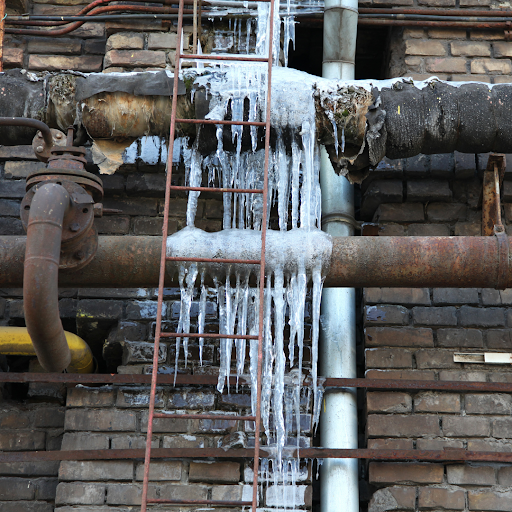Are you trying to locate advise involving How To Avoid Freezing Pipes?

Winter can wreak havoc on your plumbing, specifically by freezing pipes. Right here's just how to avoid it from happening and what to do if it does.
Introduction
As temperature levels drop, the danger of icy pipes increases, possibly resulting in costly repairs and water damages. Understanding how to avoid frozen pipes is crucial for house owners in chilly climates.
Recognizing Frozen Pipelines
What triggers pipes to freeze?
Pipelines freeze when exposed to temperature levels below 32 ° F (0 ° C) for prolonged periods. As water inside the pipes freezes, it broadens, taxing the pipeline walls and potentially creating them to break.
Dangers and damages
Icy pipelines can bring about supply of water disturbances, property damages, and pricey repair work. Ruptured pipelines can flood homes and cause comprehensive structural damages.
Indications of Frozen Piping
Determining icy pipelines early can avoid them from bursting.
Exactly how to identify frozen pipes
Try to find lowered water flow from faucets, unusual smells or noises from pipes, and visible frost on exposed pipelines.
Prevention Tips
Protecting susceptible pipes
Cover pipes in insulation sleeves or make use of heat tape to shield them from freezing temperature levels. Focus on pipelines in unheated or external areas of the home.
Home heating methods
Keep indoor areas effectively warmed, specifically locations with pipes. Open cupboard doors to enable warm air to circulate around pipelines under sinks.
Securing Outside Plumbing
Garden hoses and outdoor taps
Detach and drain yard hoses before winter. Install frost-proof faucets or cover outside taps with shielded caps.
What to Do If Your Pipelines Freeze
Immediate actions to take
If you suspect frozen pipes, maintain taps available to alleviate pressure as the ice thaws. Use a hairdryer or towels soaked in hot water to thaw pipes gradually.
Long-Term Solutions
Architectural changes
Take into consideration rerouting pipes away from outside walls or unheated areas. Include added insulation to attic rooms, basements, and crawl spaces.
Upgrading insulation
Buy high-grade insulation for pipelines, attic rooms, and wall surfaces. Proper insulation assists preserve regular temperature levels and lowers the threat of icy pipelines.
Final thought
Protecting against icy pipes needs positive procedures and quick responses. By understanding the reasons, indications, and preventive measures, homeowners can shield their plumbing during winter.
5 Ways to Prevent Frozen Pipes
Drain Outdoor Faucets and Disconnect Hoses
First, close the shut-off valve that controls the flow of water in the pipe to your outdoor faucet. Then, head outside to disconnect and drain your hose and open the outdoor faucet to allow the water to completely drain out of the line. Turn off the faucet when done. Finally, head back to the shut-off valve and drain the remaining water inside the pipe into a bucket or container. Additionally, if you have a home irrigation system, you should consider hiring an expert to clear the system of water each year.
Insulate Pipes
One of the best and most cost-effective methods for preventing frozen water pipes is to wrap your pipes with insulation. This is especially important for areas in your home that aren’t exposed to heat, such as an attic. We suggest using foam sleeves, which can typically be found at your local hardware store.
Keep Heat Running at 65
Your pipes are located inside your walls, and the temperature there is much colder than the rest of the house. To prevent your pipes from freezing, The Insurance Information Institute suggests that you keep your home heated to at least 65 degrees, even when traveling. You may want to invest in smart devices that can keep an eye on the temperature in your home while you’re away.
Leave Water Dripping
Moving water — even a small trickle — can prevent ice from forming inside your pipes. When freezing temps are imminent, start a drip of water from all faucets that serve exposed pipes. Leaving a few faucets running will also help relieve pressure inside the pipes and help prevent a rupture if the water inside freezes.
Open Cupboard Doors
Warm your kitchen and bathroom pipes by opening cupboards and vanities. You should also leave your interior doors ajar to help warm air circulate evenly throughout your home.

Do you like more info about 6 Ways to Prevent Frozen Pipes? Try to leave a comment directly below. We'd be pleased to know your ideas about this review. Hoping to see you back again soon. Sharing is nice. Helping others is fun. Thank you for being here. Kindly come by our website back soon.
Call Today